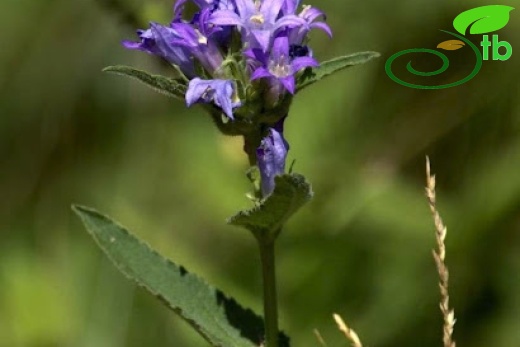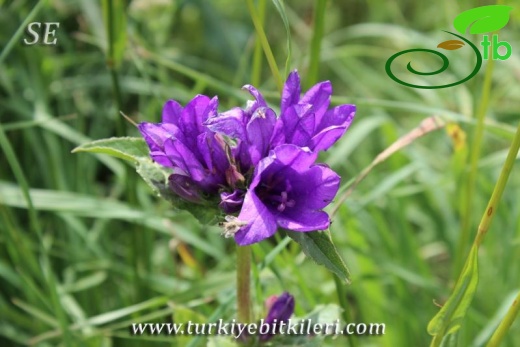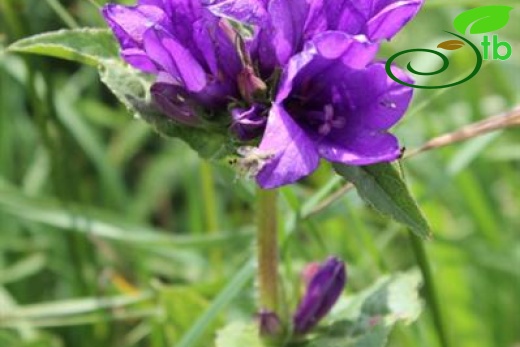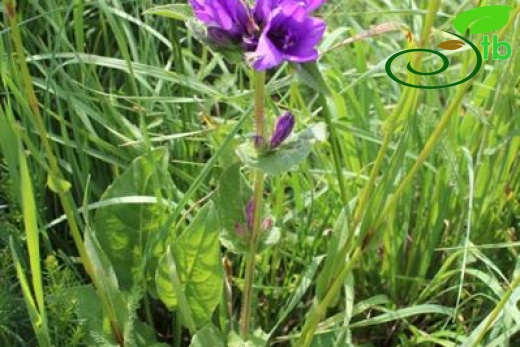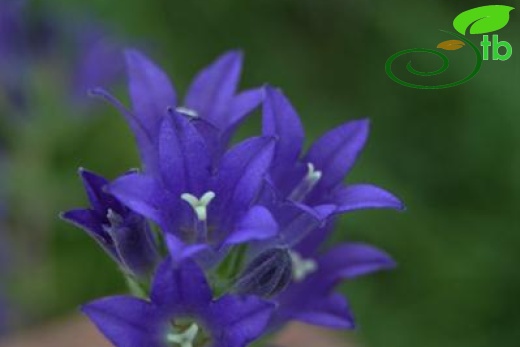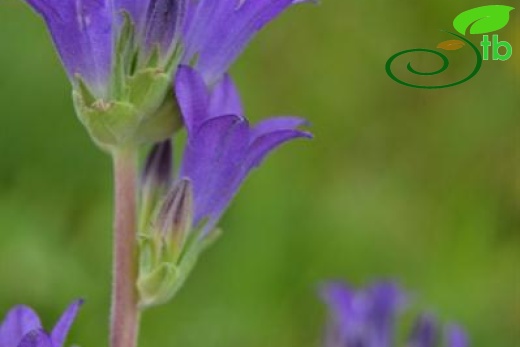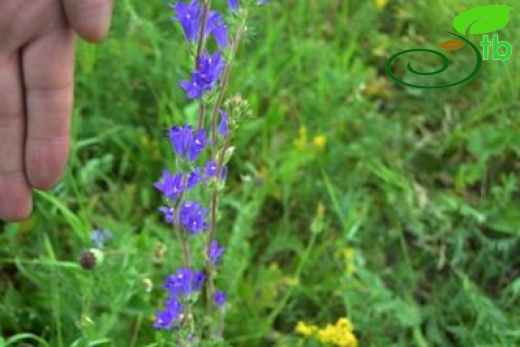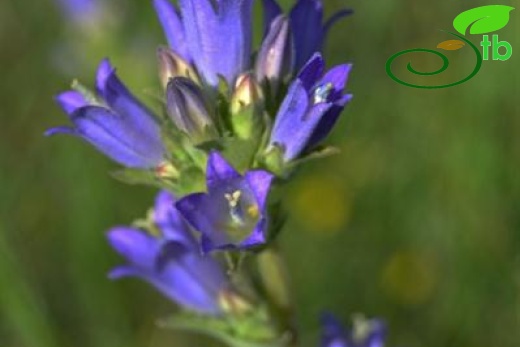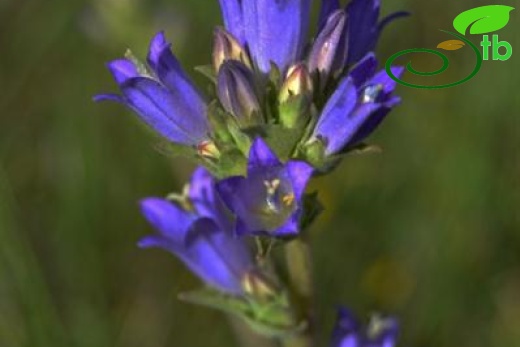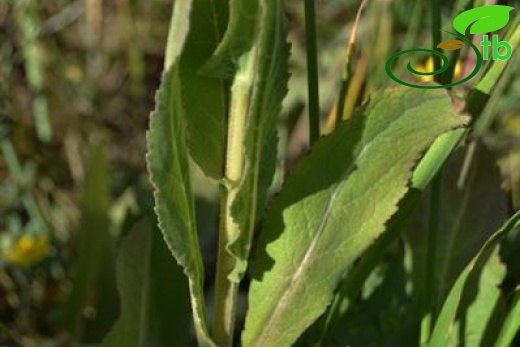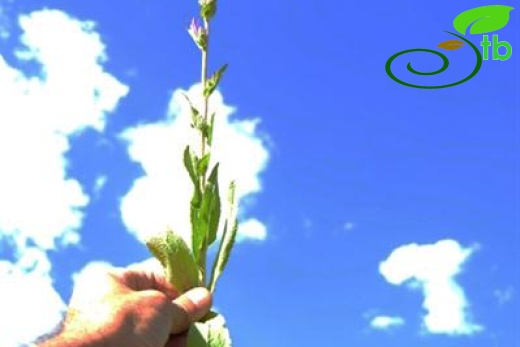Campanula glomerata
Campanula glomerata
subsp. hispida: Yumak çanı
Hispid-setose perennial. Stems 30-60 cm, erect, simple, leafy, often reddish. Leaves very variable in size and form. Basal and lower cauline leaves ovate-oblong or ovate-Ianceolate, rarely orbicular-reniform, cordate, rounded or cuneate at base, acute or obtuse, crenulate or irregularly crenate-dentate, petiole to 15 cm; upper smaller and narrower, sessile, often amplexicaul. Flowers sessile, erect in dense axillary clusters and terminal head forming an interrupted spicate inflorescence, rarely with only terminal head, subtended by triangular-ovate to broad cordate involucral bracts. Calyx lobes erect, lanceolate, 4-6 mm, setose-hispid. Corolla cylindrical-infundibular, 15-20mm, divided to 1/3, violet-blue to lavender-blue, glabrous or pubescent' outside. Style not exserted. Stigmas 3. Capsule globose, 4-5 x 6-8 mm, pubescent, opening by 3 basal pores. Seeds oblong, flattened, 1 x 0·4 mm, brown, shiny. 211 = 60. Fl. 6-9. Scrub, jorest margins, meadows, pastures, etc., nr s.I.-2700 m.
Most of Europe except extreme N., S.W. & C. Asia eastwards to E. Siberia, southwards to Kazakhstan; naturalized in N. America. Euro-Sib. element.


